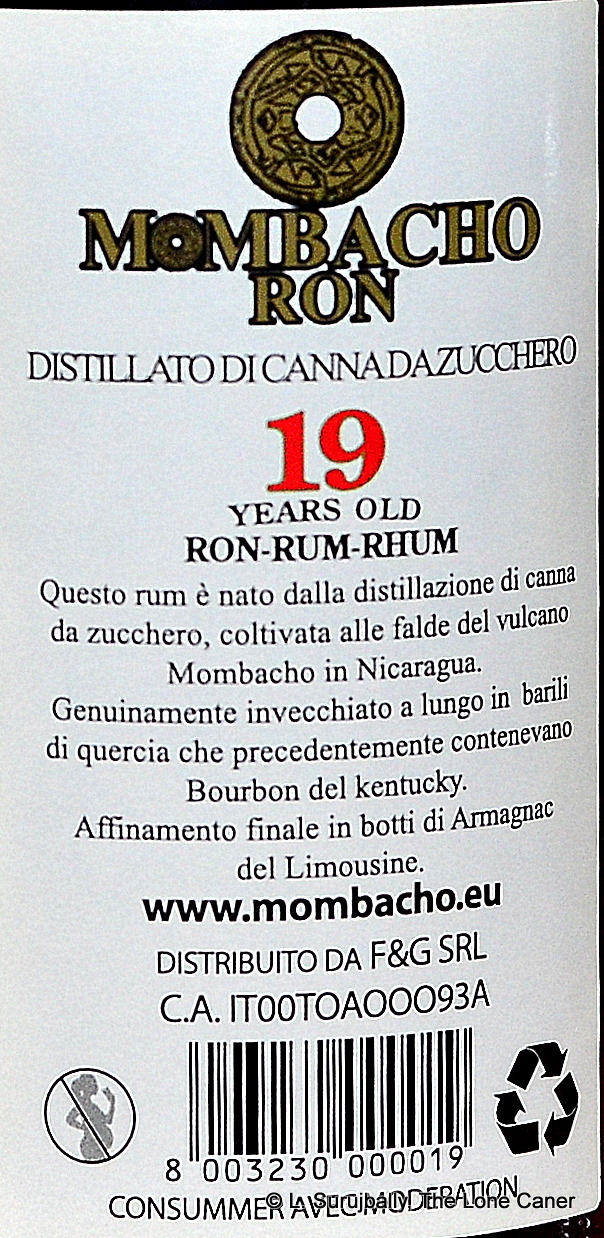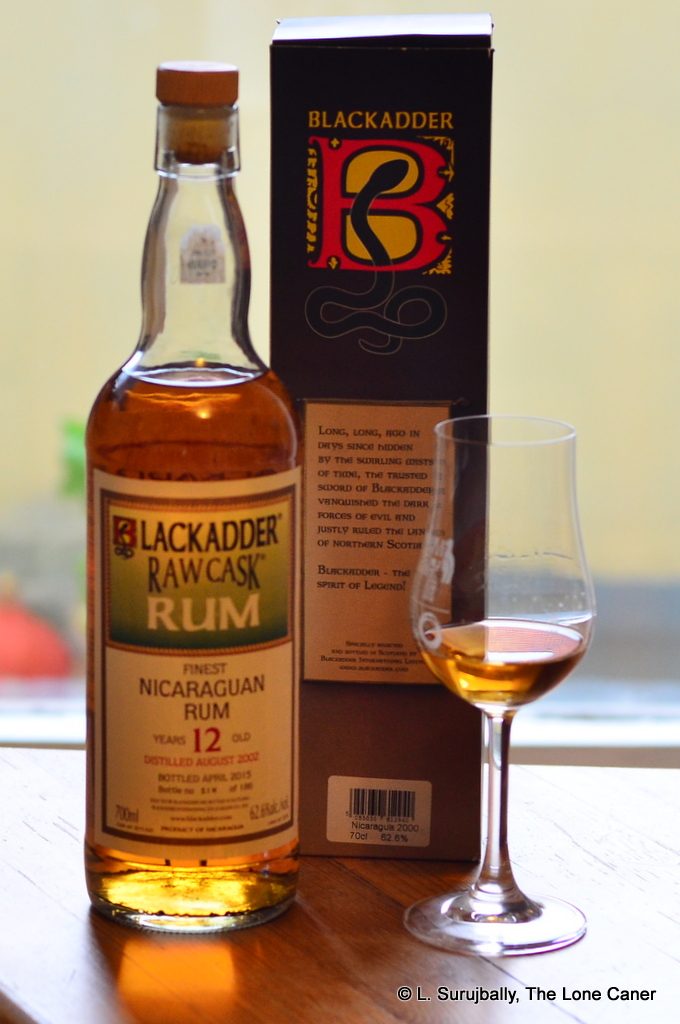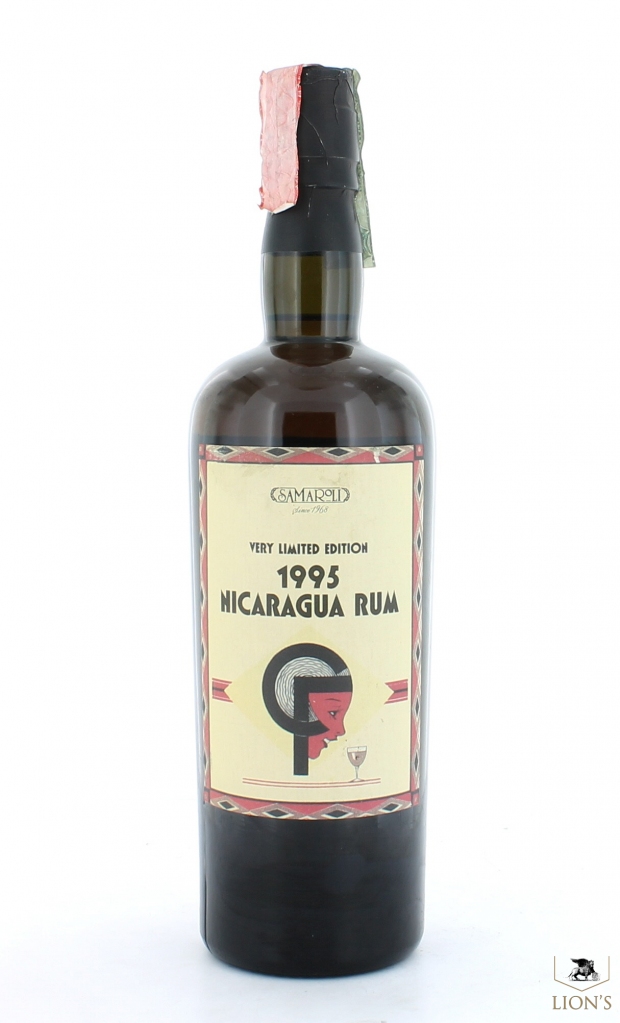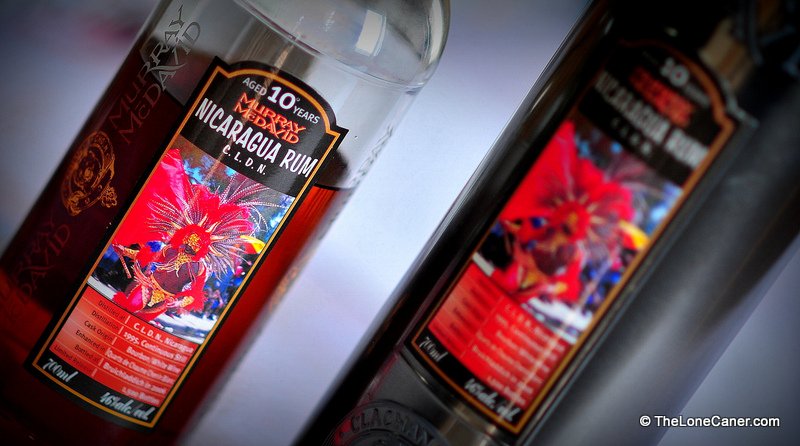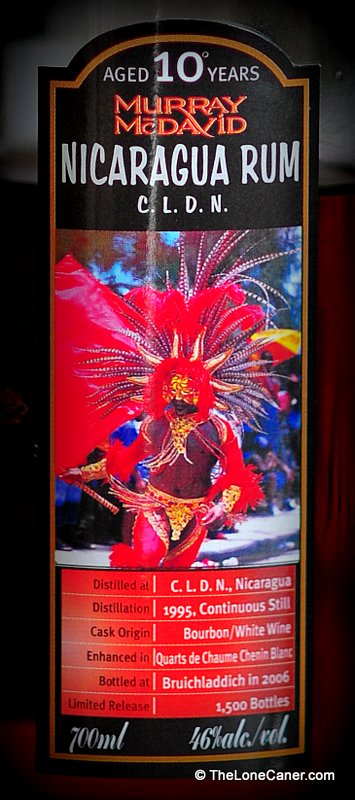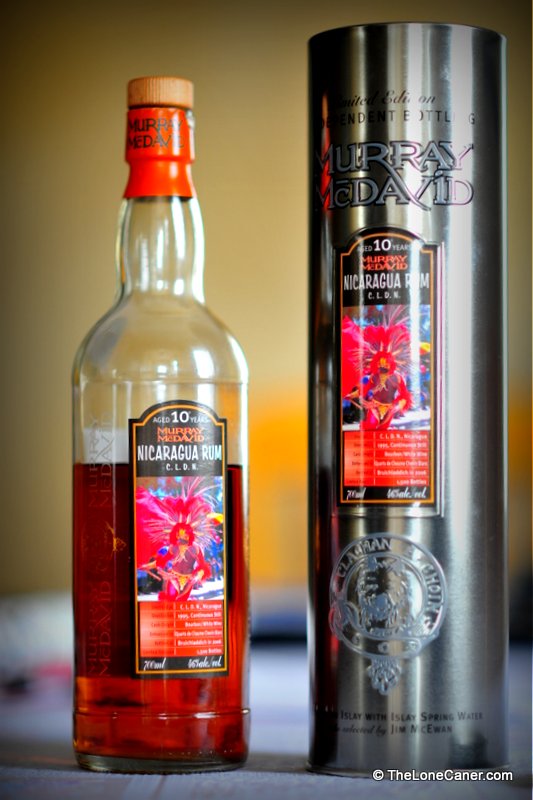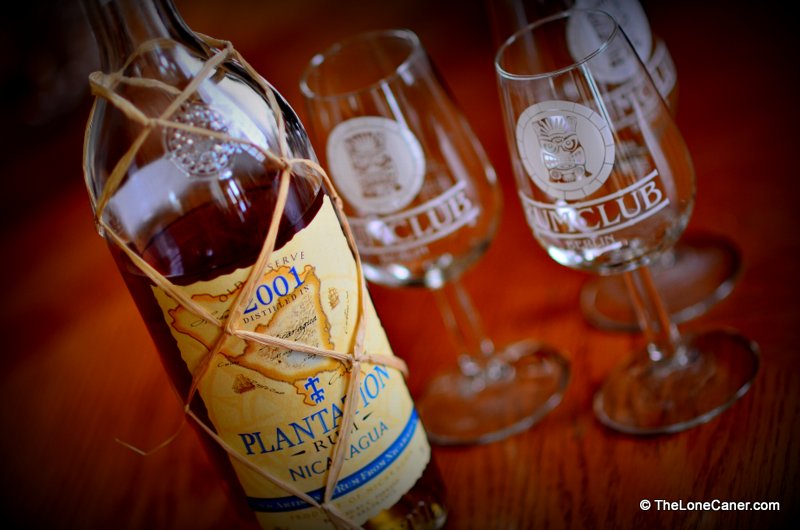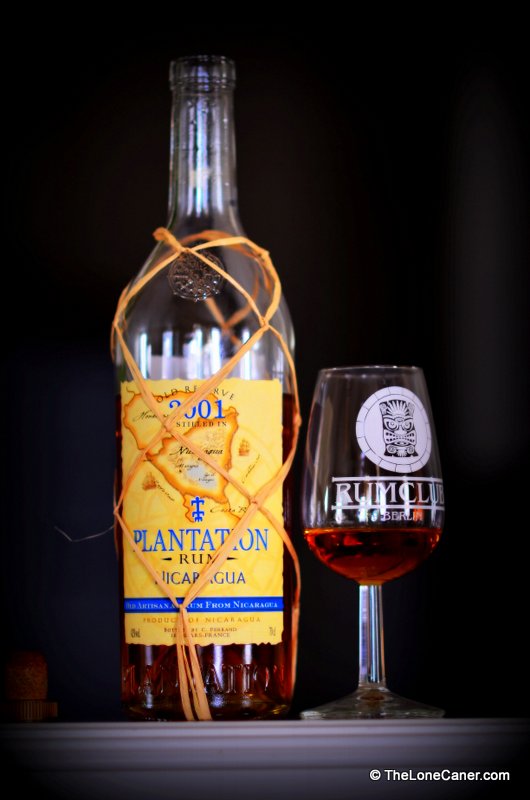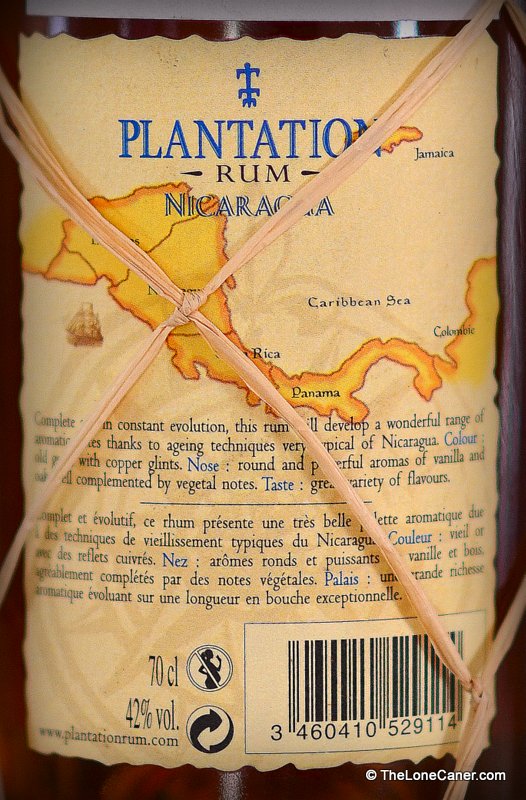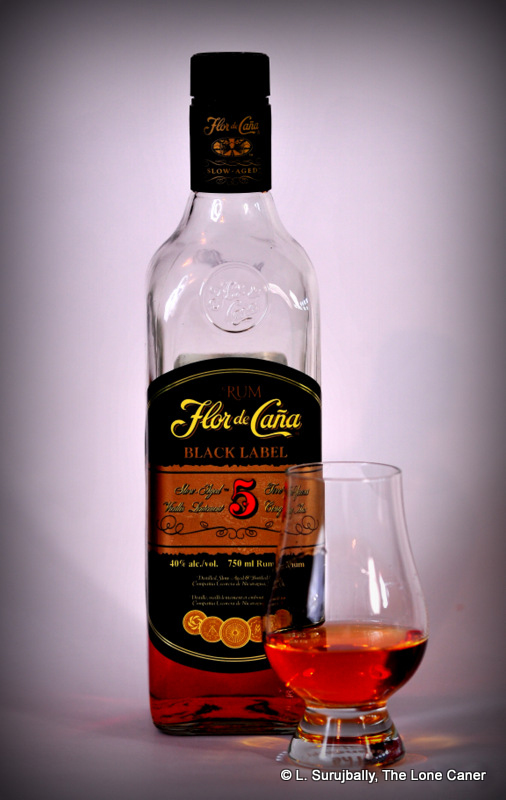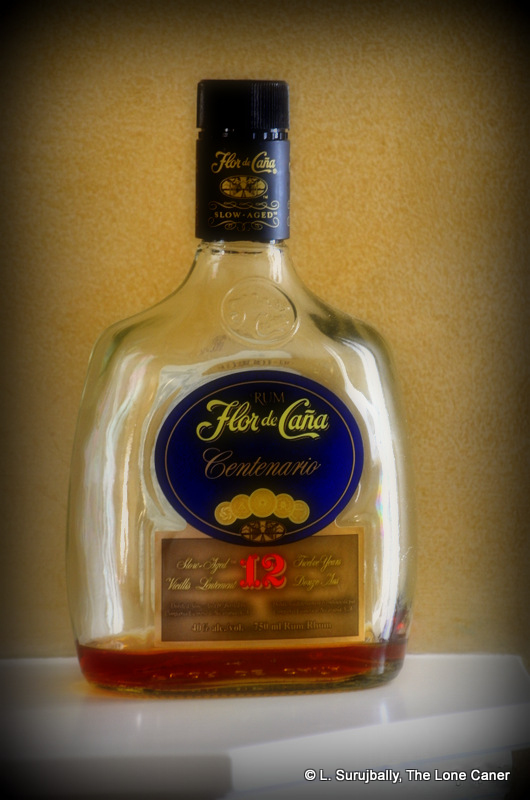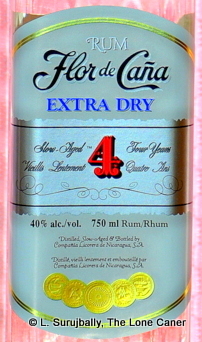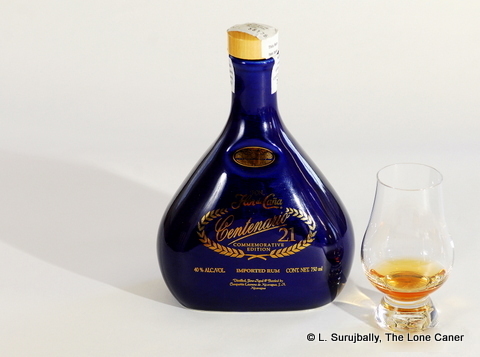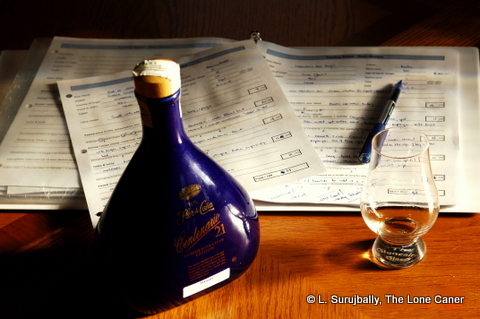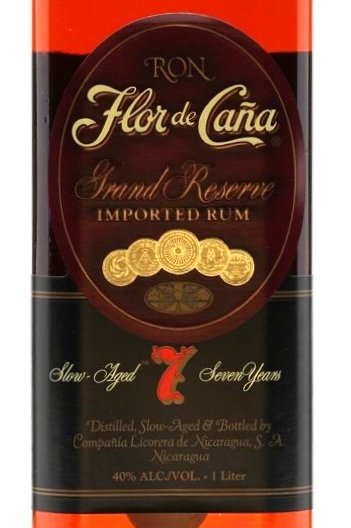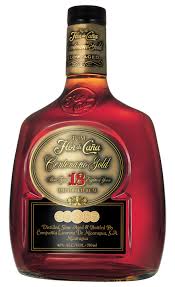This is the third time I am coming to the famed Nicaraguan rum producer’s 12 year old rum. The first occasion was in 2011 when I was still somewhat wet behind the ears: then, I commented that it was a bridge between the sipping quality older expressions and the younger mixers of the bartender’s arsenal. In 2017 I picked up another bottle to see if my opinions had changed significantly after additional years of tasting and writing, a wider and somewhat more experienced palate and a better sense of the global nature of rums. They hadn’t. It scored around the same both times.
In 2022 I went through the 12, the 15 and the 18 yet again. There were several reasons for this. One was simply opportunistic — they were available all in a row (well, why not? It’s as good a reason as any). Two, the “Centenario” is relegated to much smaller type, there is a ‘Carbon Neutral Certified’ notation, the “slow aged” thing so many sneered at in years past is gone, and an unambiguous age statement is right there: 12 Years Old. So I was curious whether that translated into something more serious. And lastly, the reviewing game tends to focus on currently popular rums and bottlers, so to revisit an old standby is needed every now and then, perhaps to apply a corrective, to check out a change in blending philosophy, or simply to see how one’s own opinion may have developed.
On the face of it, it’s not a substantially different rum. It remains a column still distillate from molasses made by the company’s facilities in Nicaragua. It adheres to the Latin/Cuban style of rum-making whereby a light distillate is sought and the real quality of the final product is demonstrated not by fermentation or still-tweaking, but by what happens after: by ageing in ex-bourbon barrels, marrying and skilful blending over time. I’ll take it on faith for now that it really is 12 years old.
By the standards above, the Flor 12 YO does not break much new ground or show off anything widely divergent from its predecessors, though it remains a tasty dram. It is gentle to smell, easy on the nose, well rounded aromatically and reminds of us of why it retains much popularity: some molasses and brown sugar notes, honey, almonds, cinnamon and light flowers. A touch of vanilla, polished leather and smoke, not much more.
40% won’t ravage the palate and the age has sanded off most of the roughness. Again there is the caramel, bon-bons, light molasses and honey. The almonds and spices – vanilla and cinnamon – make a reappearance in the background and the florals recede somewhat, while lending a subtle and delicate counterpoint. White chocolate, orange peel and nougat round things out in a finish of no great length, intensity or complexity. Like the coitus of the young, it’s over quickly.
While not particularly disappointed by the 12 YO, I’m not really impressed by it either. There are few notes of distinction about it, little that is special which would elevate it above many other blended rums of similar age that compete more successfully in the same age space: El Dorado 12 YO, Bacardi Diez, R.L. Seale 10 YO, English Harbour 10 YO, Appleton 12 YO, all of which score the same or a bit higher. It’s affordable and it sells, and the fact that it remains available after all these years indicates something of its appeal and durability. But to me, it feels like something of an indifferent throwaway, a “merely necessary” rum that is needed to round out the portfolio…and thus, the kind of product one might find on a bottom supermarket shelf, where average rums go to die.
(#1049)(80/100) ⭐⭐⭐
Other notes
- All my Flor de Cana reviews, including those of the independents, can be found using this link. For my money, their best rum (aside from the 25 and 30 which I have not tried) has always been the blue bottled 15 YO “21”.
- The Flor de Caña (flower of the cane) branded rum is made in Nicaragua by the Compañía Licorera de Nicaragua, which was formally established in 1937 (though workers of the San Antonio sugar refinery which was its basis had been distilling their own festive hooch for local celebrations for maybe half a century before that, hence the “1890” dating on the label). The success of the distilling company led to expansion and to exporting rums to other countries in Central and South America by the late 1950s. Following on the heels of the trend established by DDL in 1992, they began to issue aged premium rums. In the mid-2010s the brand started to slip in popularity as independent bottlers, higher proof and special premium editions became more popular. The the scandal of Chronic Kidney Disease around the same time was a huge reputational blow, and the company has reportedly addressed the major health issues which led to such damning reports, as well as pivoting to a more ecological production philosophy.
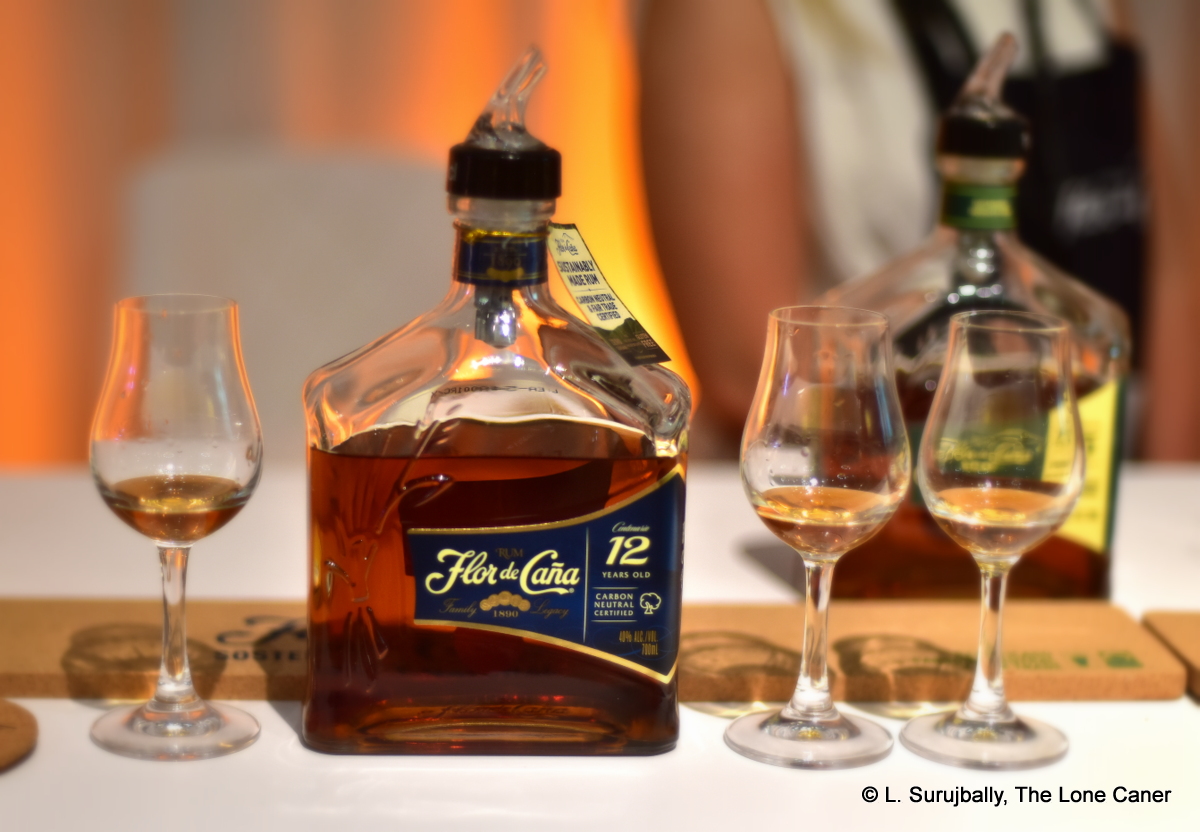
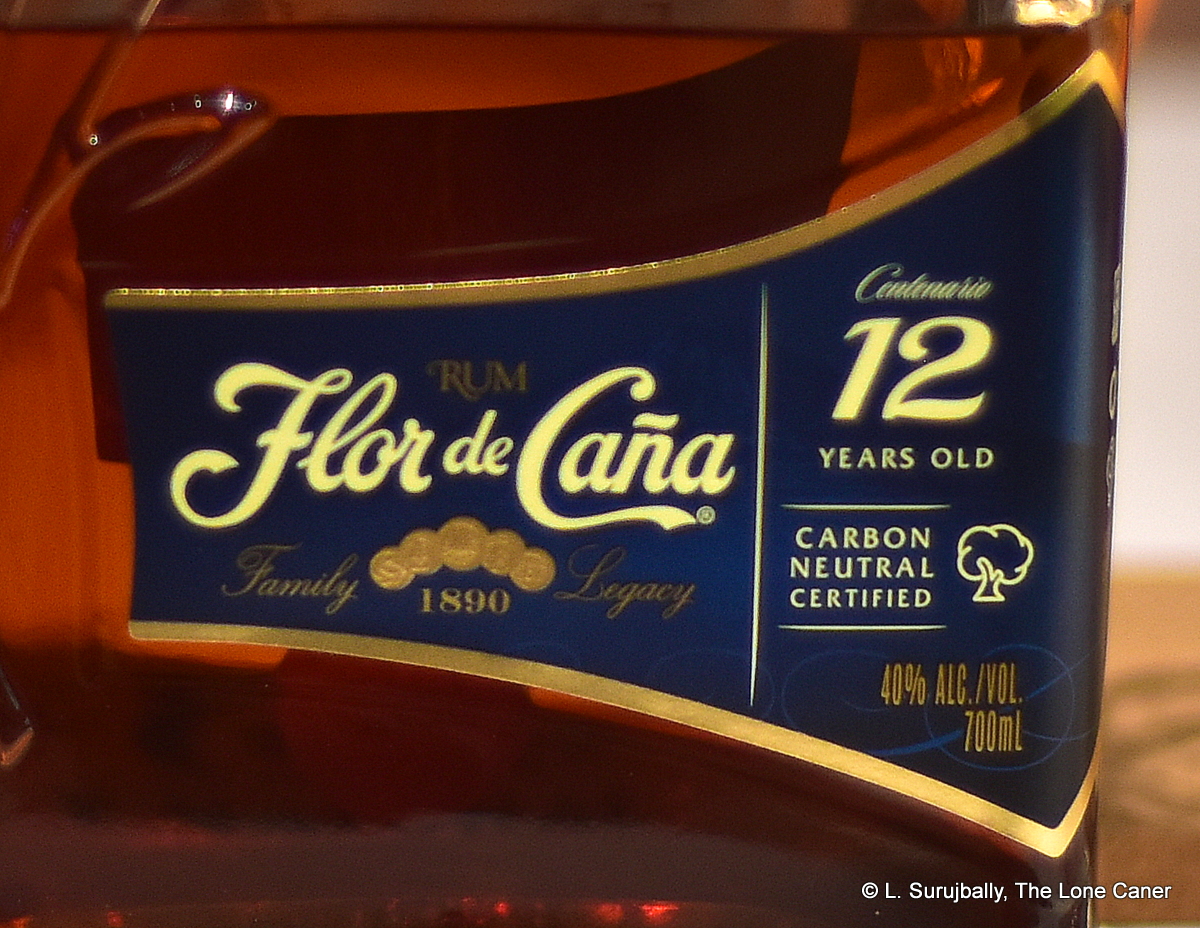

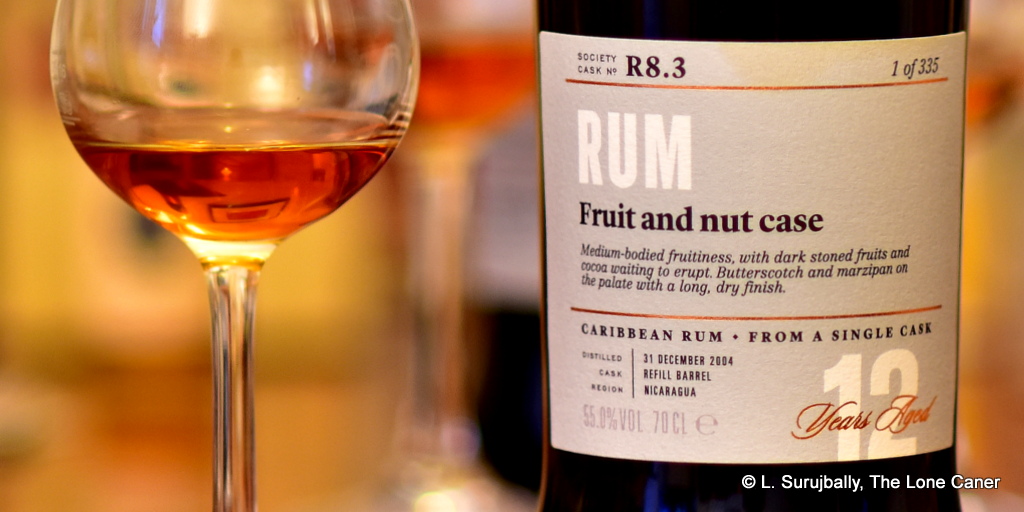
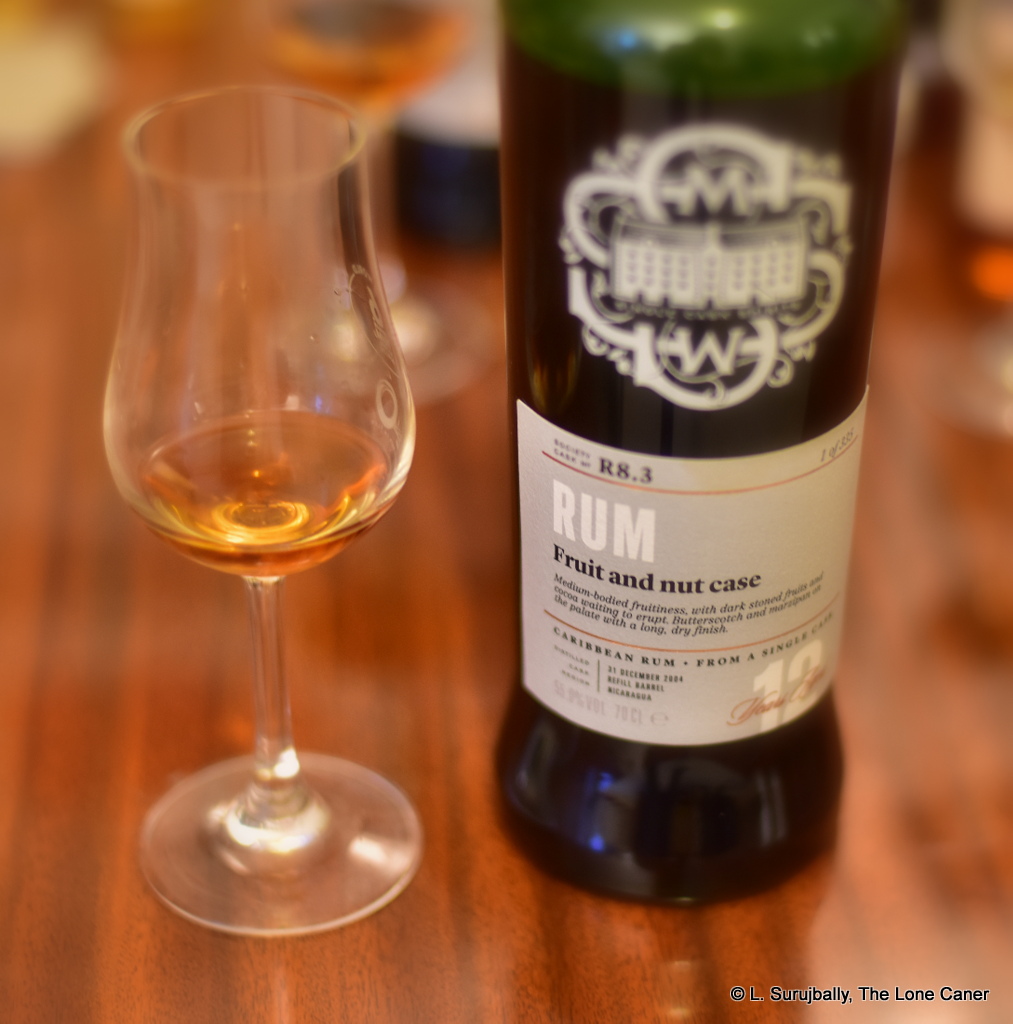
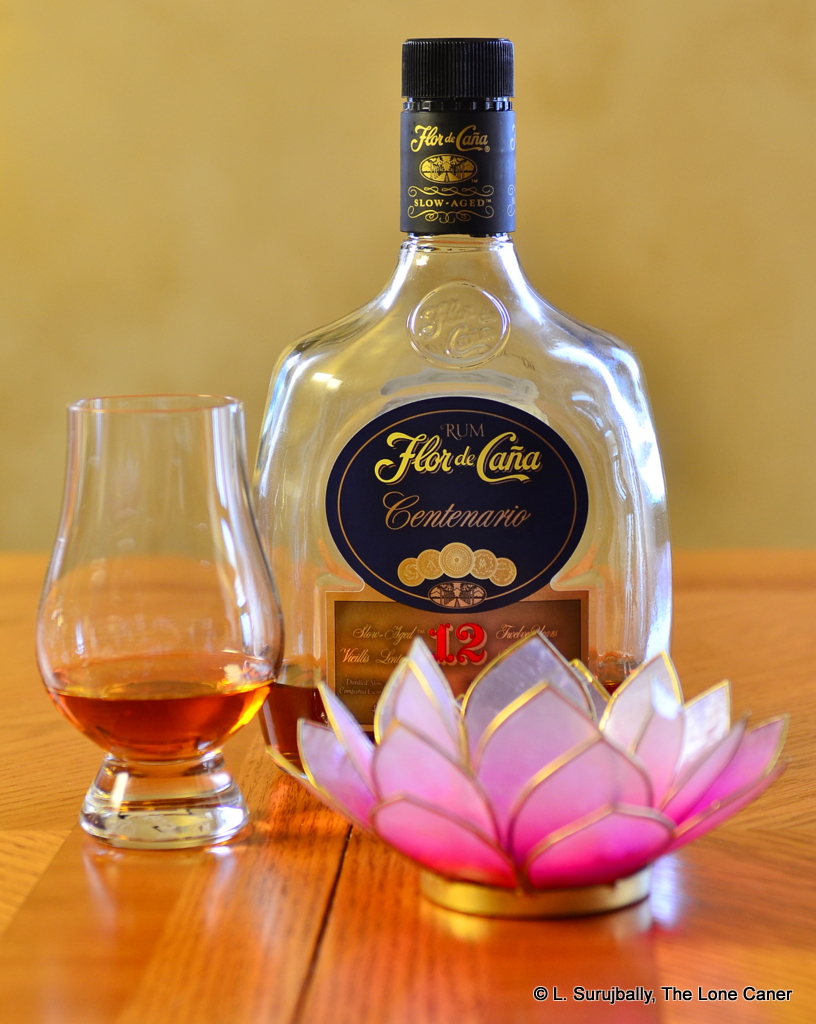

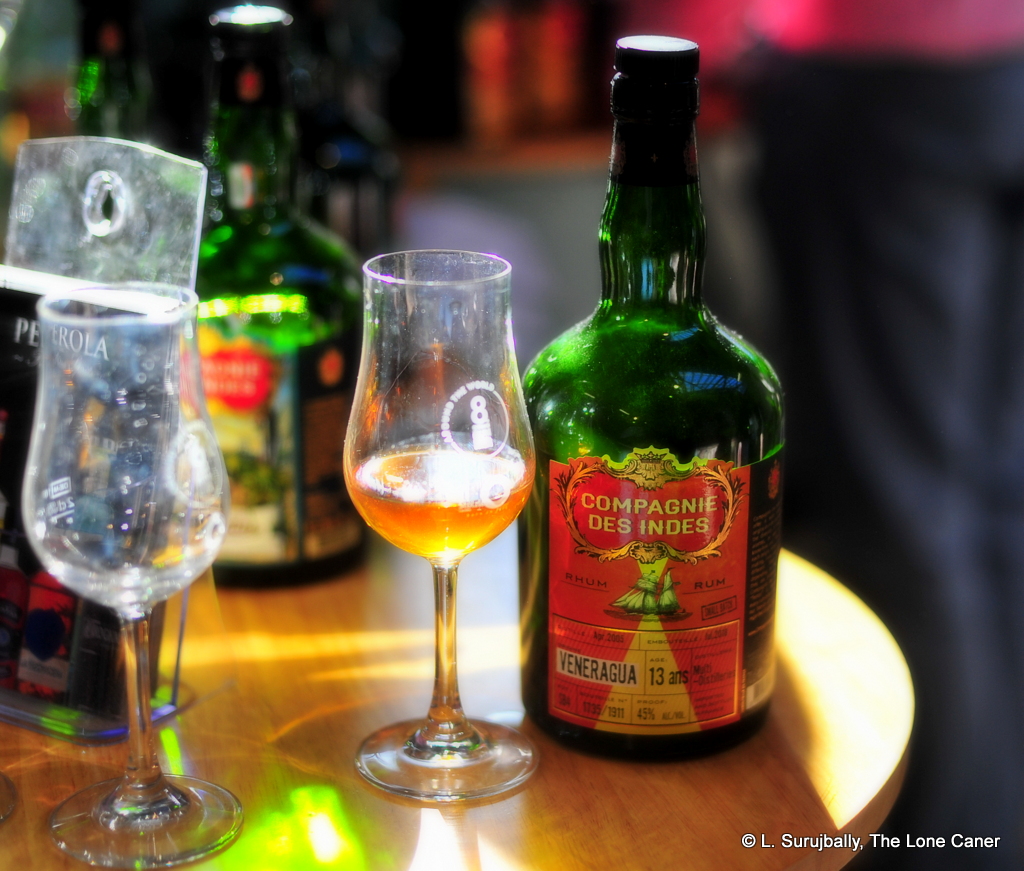
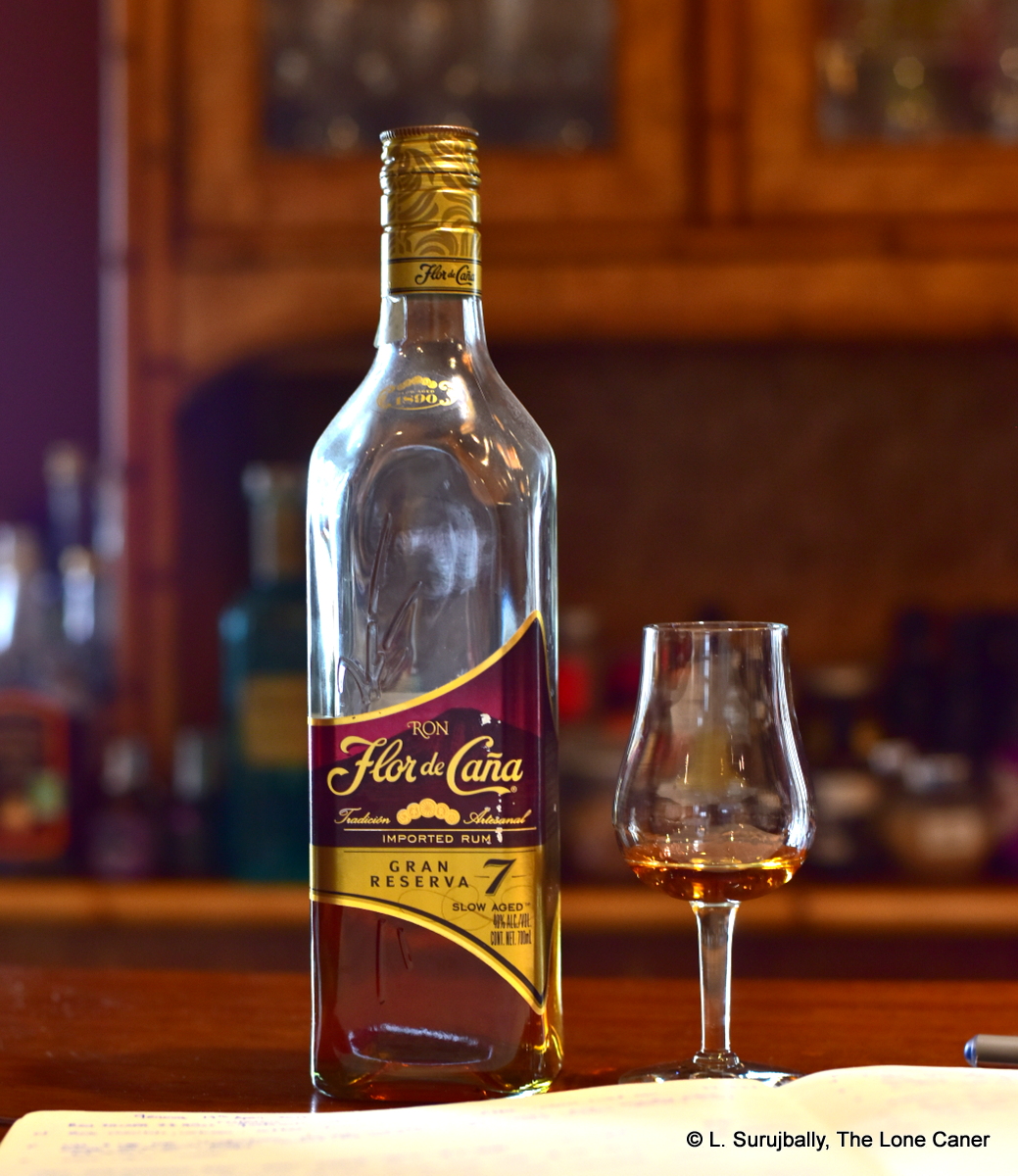
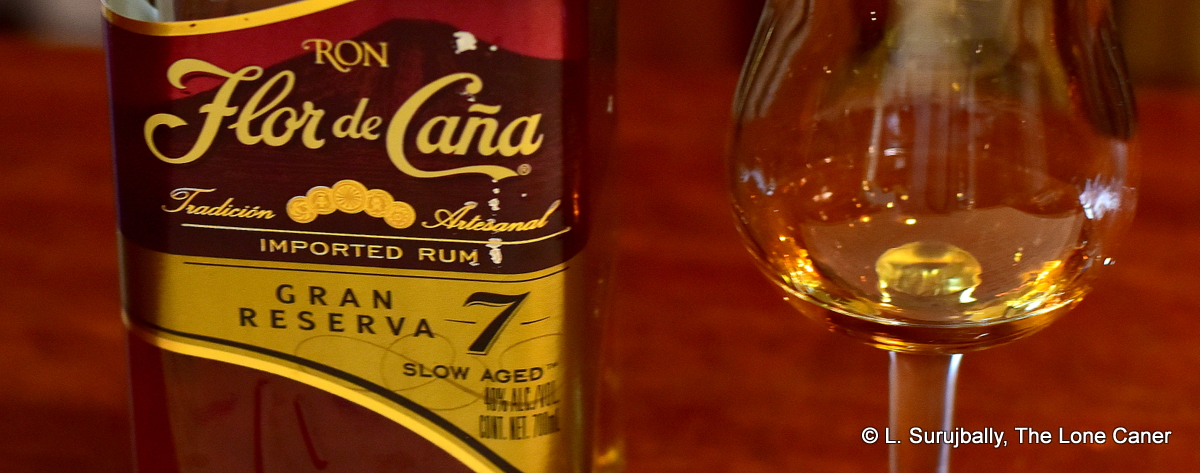
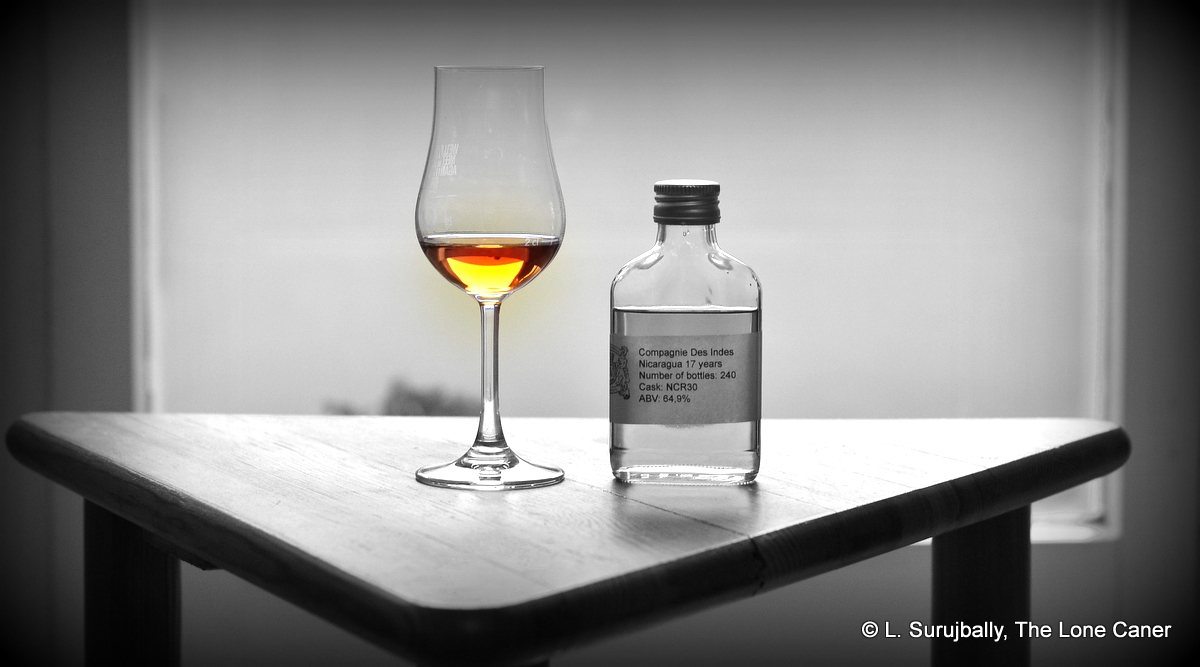
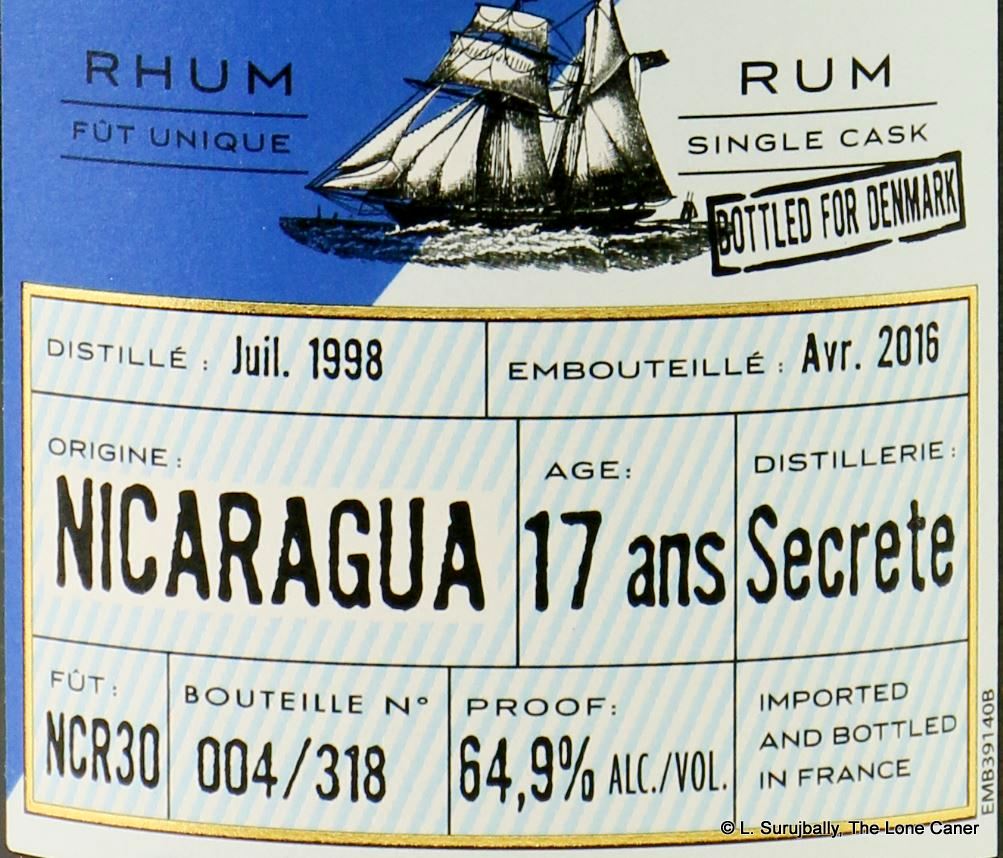
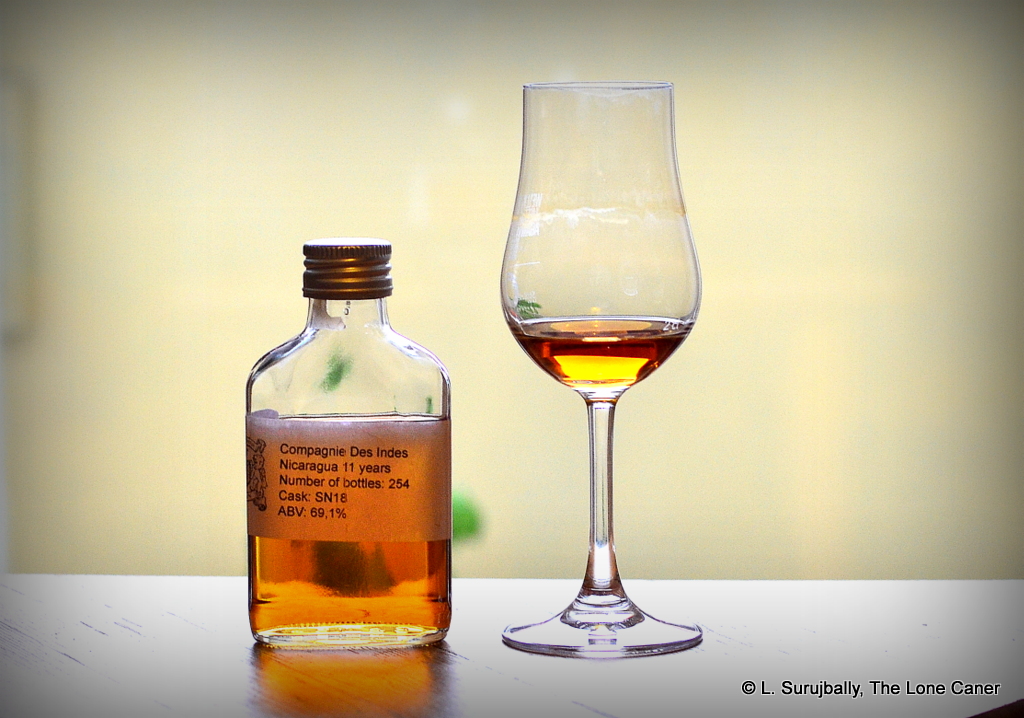
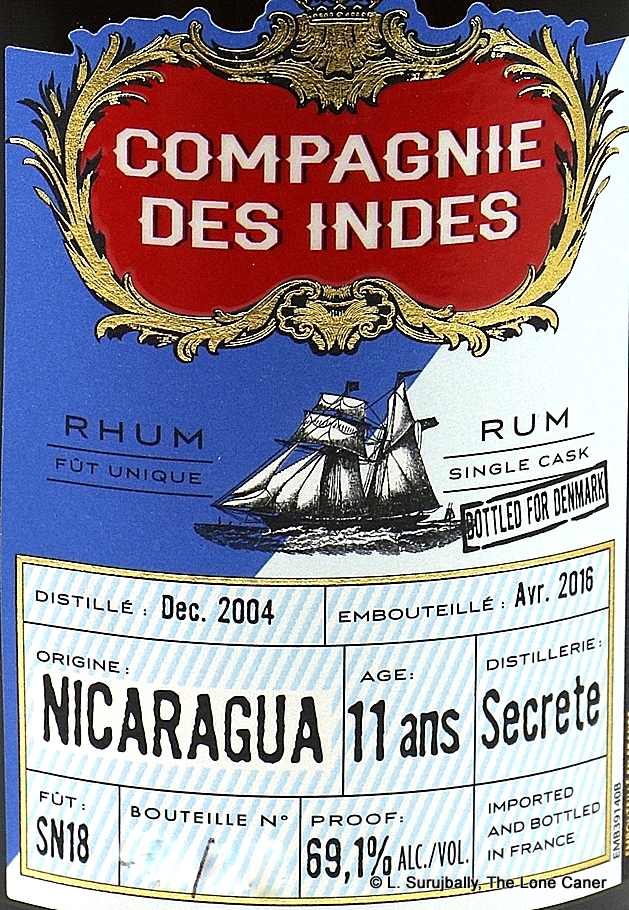 That’s not to say that in this case the
That’s not to say that in this case the 

